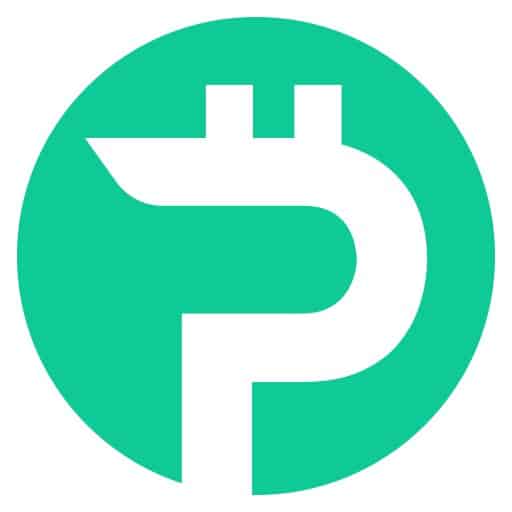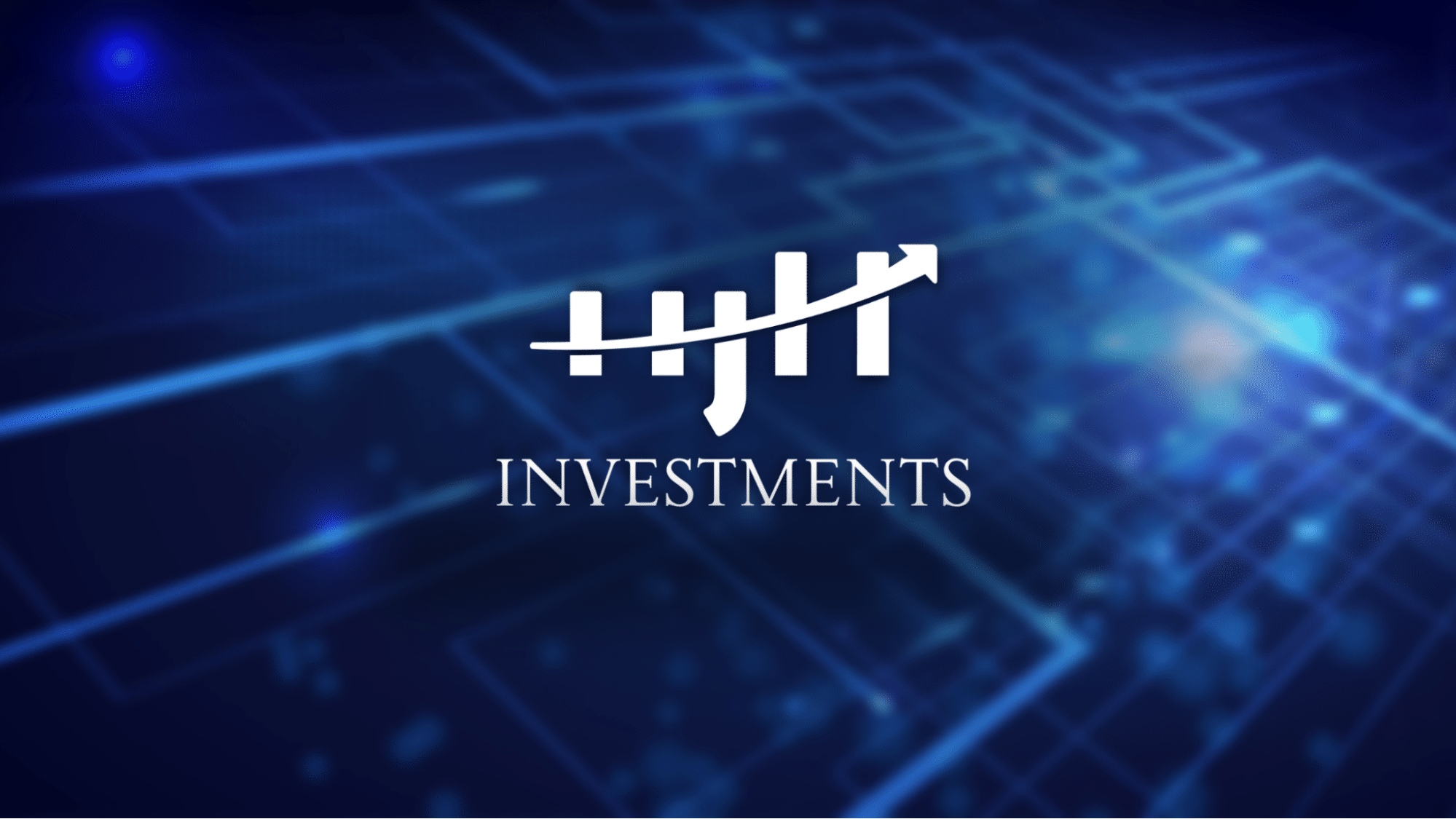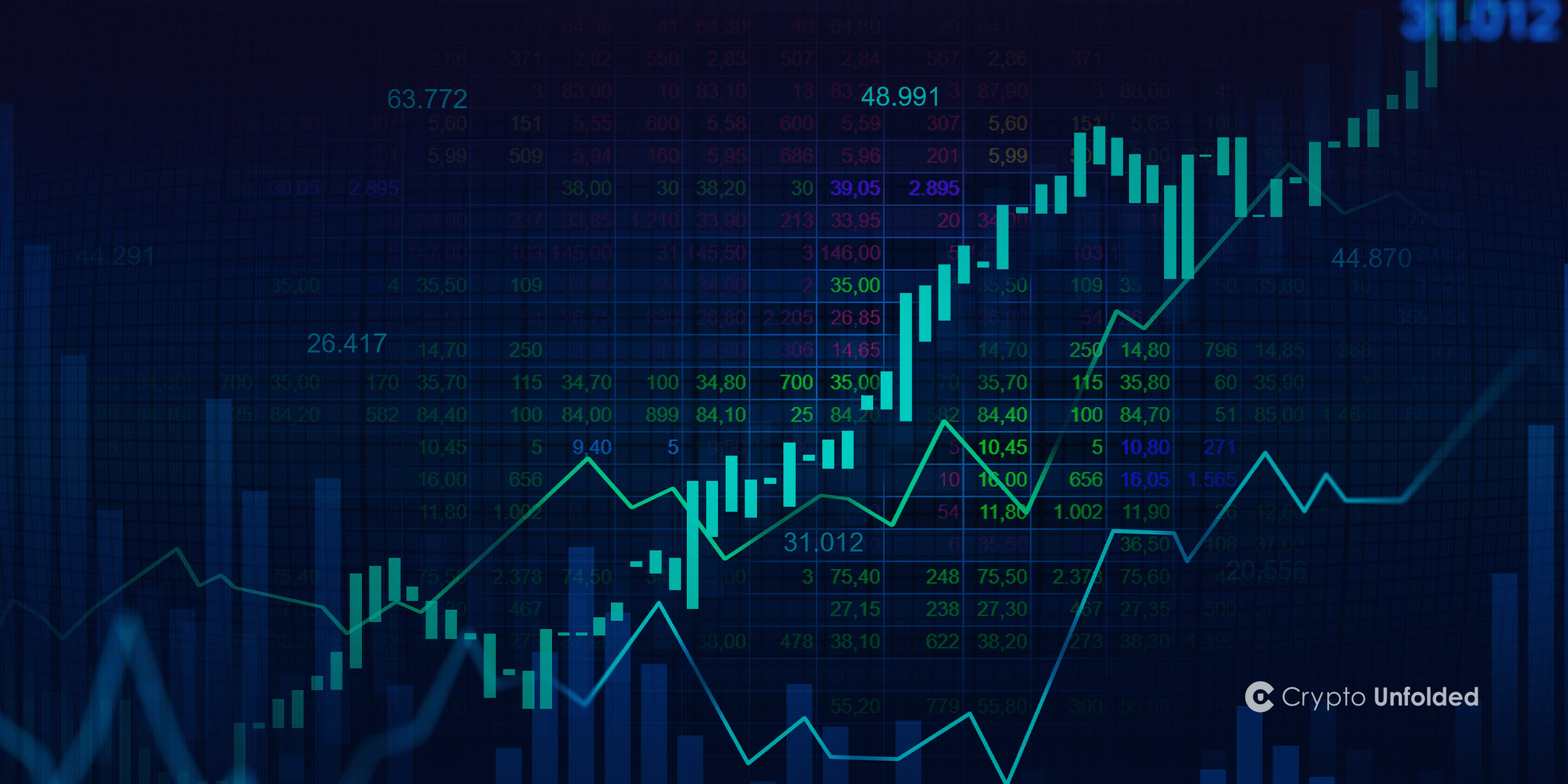The Loopring token (LRC) is the native token of the Loopring protocol, a blockchain-based project that allows developers to build their own decentralized exchanges. The project aims to create an interconnected system of trading platforms where buyers and sellers can access multiple platforms from a single dashboard and be matched together to trade crypto assets. […]
The Loopring token (LRC) is the native token of the Loopring protocol, a blockchain-based project that allows developers to build their own decentralized exchanges.
The project aims to create an interconnected system of trading platforms where buyers and sellers can access multiple platforms from a single dashboard and be matched together to trade crypto assets. This system makes finding people to buy crypto from or sell to much faster and easier.
Loopring price
Launched in 2017, the Loopring (LRC) utility token fuels all operations on the Loopring protocol, including voting. One of the main drivers of LRC price is how it allows users who stake their tokens (deposit them into a special staking wallet) to receive a percentage of the transaction fees that are paid across all Loopring-based exchanges.
LRC is a “deflationary” token, which means the platform “burns” a percentage of transaction fees. Burning refers to the process of permanently removing tokens from circulation. 5% of normal order fees are burned, while 0.5% of peer-to-peer order fees are burned. This feature helps to support the price by making the remaining tokens in circulation scarcer. Because LRC has a capped supply of 1.37 billion tokens, the total number of LRC continuously decreases as more tokens are burned.
In early January 2018, LRC’s price hit an all-time high of $2.40, but it fell by 94% over the following seven months. Loopring’s price remained under $0.13 for about two years. In February 2021, LRC reached $0.89 – the highest price seen in almost three years.
How does Loopring work?
To launch an exchange using the Loopring protocol, developers are required to stake a minimum of 250,000 to 1 million LRC, depending on whether they use Loopring’s on-chain data proof service. If an exchange decides to withdraw funds from its staking pool or otherwise falls below the minimum requirement, the Loopring protocol will seize funds from the exchange, shut it down and distribute the confiscated tokens to LRC stakers. Exchanges are not required to stake above their minimum LRC requirement, but may choose to do so in order to reduce market-making fees on the exchange.
The project uses a type of cryptography called zero-knowledge rollups, or zk-rollups, which helps exchanges built on top of Loopring to lower costs and sidestep slow speeds without sacrificing security. Rollups on Loopring work by bundling hundreds of transactions together and executing them outside the main Ethereum blockchain, which is known as a layer 1 network. A cryptographic proof (a piece of cryptographic code that confirms all transactions in the bundle are valid) is then generated and submitted to the main chain.
That means exchanges can settle trades more quickly on Loopring because the protocol can complete key computations off-chain. Thus, by reducing the number of transactions communicated to the Ethereum network, settlements can be received faster and cost less.
Although the project was initially planned to be a blockchain-agnostic protocol, the Loopring Foundation has continued to focus on Ethereum.
Key events and management
China-based Loopring was co-founded by Daniel Wang and Jay Zhou in August 2017 following an initial coin offering (ICO) of its digital token, LRC. The sale raised 120,000 ether, which was worth $45 million at the time. LRC price at the time of the ICO was $0.067.
Changes to the regulations in China regarding ICOs at the time meant the Loopring Foundation was forced to return about 80% of all the funds it raised back to investors. The remaining 20% was held back to fund the future development of the protocol.
Loopring posts quarterly updates, and in August 2021, the platform announced new support for Ethereum-based non-fungible tokens, allowing users to create, trade and transfer unique digital assets with help from the platform.









